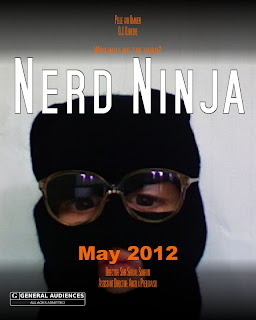Here is a brief introduction to the SAMR model from a fellow MSU Ed Tech alumni Candace Marcotte:
First of all, I tried to work out what SAMR meant to me and I tried to brainstorm some of the learning engagements I had used in the past and see where they lay on the SAMR continuum.
For me some of the key ideas for transforming learning seem to be creating, collaborating and publishing to a global audience. Obviously, for elementary students we have to take privacy laws in to account even more so, they are not legally supposed to be posting on social media sites so this does restrict access to a global audience and to global collaboration. With that said though, elementary students can still strive to create products that can reach a global audience. They can, under teacher supervision, collaborate globally and thus transform their own learning making it more meaningful and engaging for them. One example of this was when my class produced a one minute peace video for a global peace project. This impressed my students so much that this could be done, that sitting in Accra, Ghana we could create a video with schools all over the world. Equally engaging for my students was when we were able to Skype the author Cornelia Funke. Although this wasn't redefining learning it is definitely something that was not possible before, Skyping an author in L.A. whose book we are reading in Jakarta, Indonesia.
One of the most exciting ways I think for elementary students is to create e-books using Book Creator or iBooks Author. My students have found the idea of publishing e-books highly motivating and really makes them really think about the quality of their work, and are a lot more engaged as they realise they really do have to act like writers, proofreaders and publishers.
I'm going to keep the SAMR model at the forefront of my planning as I get to grips with the opportunities that my new 1:1 laptop class avail to me, and how I and the students can transform learning in my class.
Here is an excellent graphic that was shared during the workshop at JIS which can help see how different apps can help in leading us all to transform our learning as we move from substitution and augmentation and users of content , rather than modification and redefinition of learning and become creators of content for a global audience.
http://edudemic.com/wp-content/uploads/2013/05/padagogy-version2.png
.png)





























